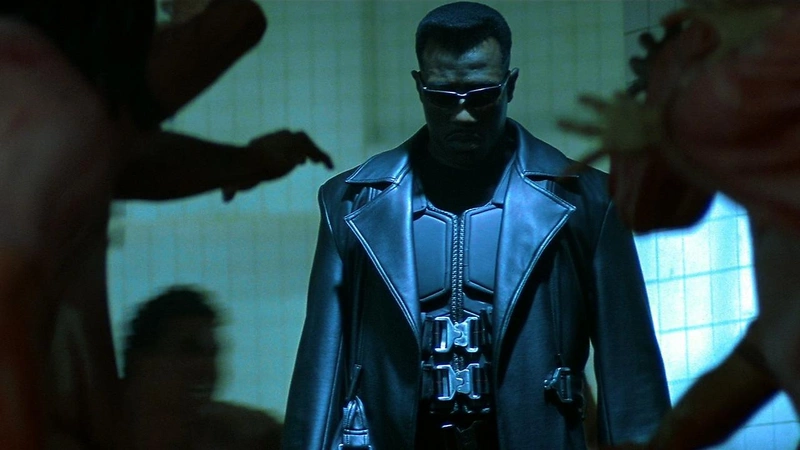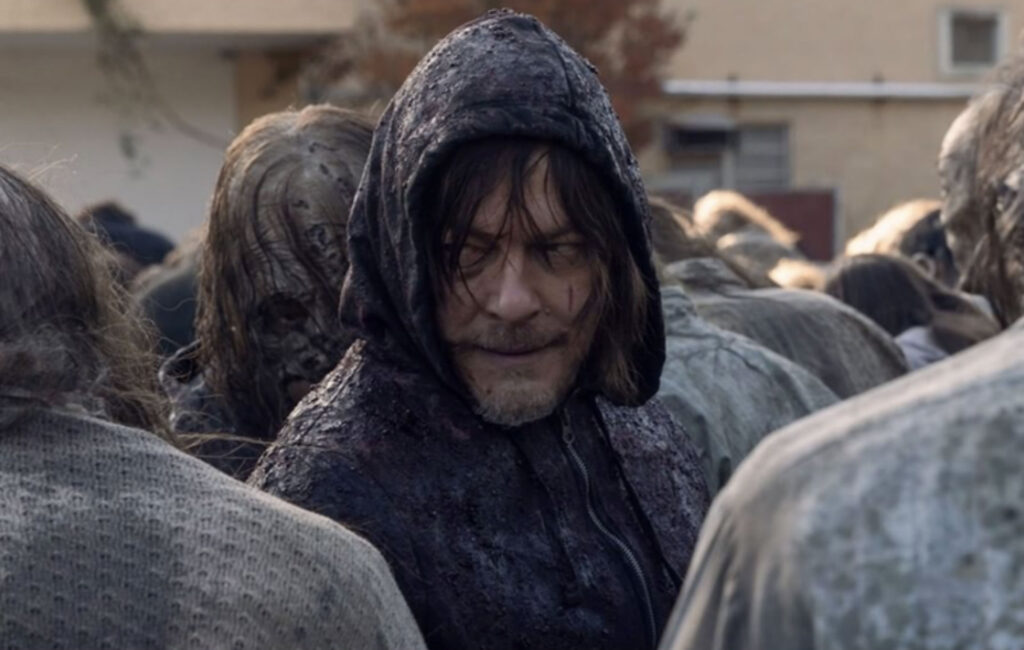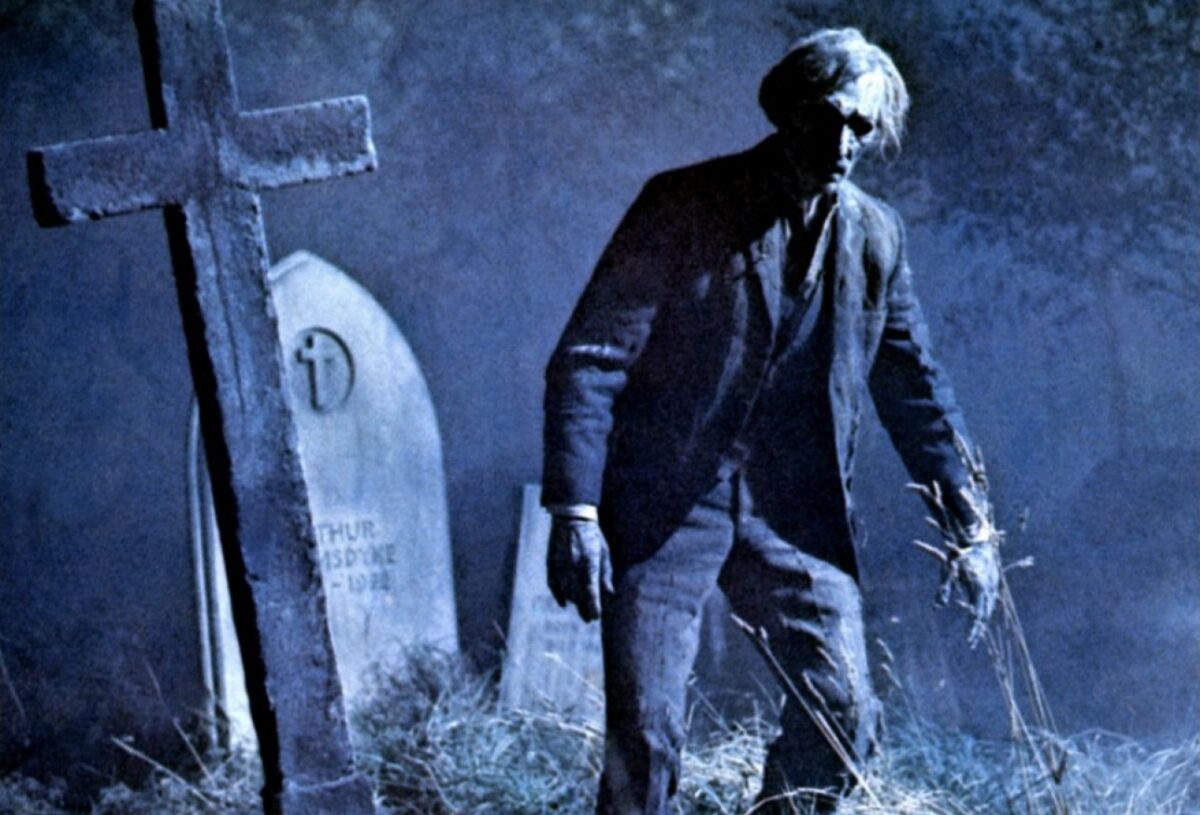

The infinitely popular and highly respected Tales from the Crypt is a cinematic treasure whose history and legacy is a potent example of how horror films can last for generations and still remain as culturally influential as ever. This quintessential British horror is based on the EC comic series of the same name, which ran for twenty-seven issues between the early 1950s all the way through to 1955. The magazine was known for its ghoulish yet beautiful artwork and darkly humorous tales that captured every monster-mania story from whodunits and vengeful killings to ghosts and cursed familial clans. The enigmatic world of comics is infamously difficult to capture on screen, and yet director Freddie Frances manages to bring the pages to life in this 1972 classic.
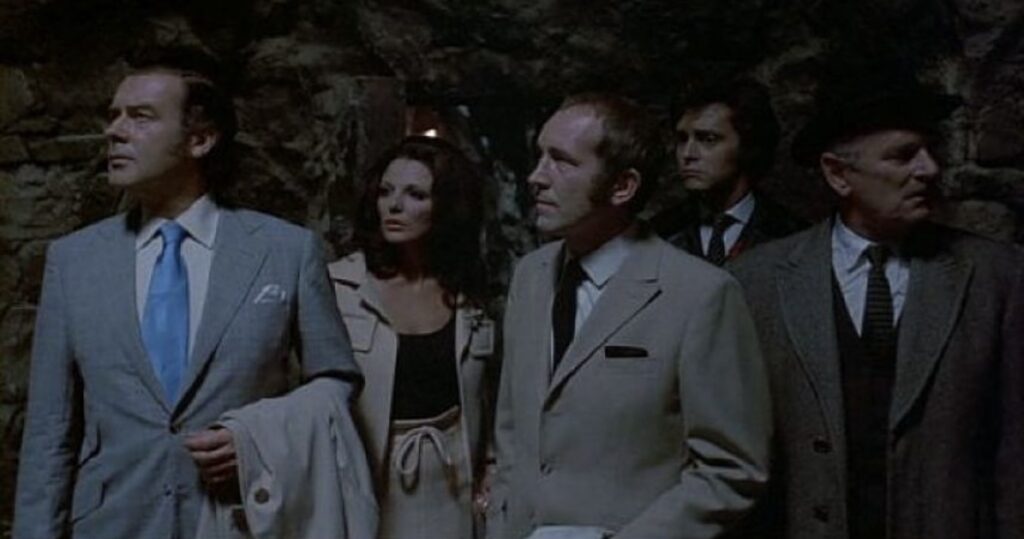
The filmic adaptation is structured as an anthology piece, chronicling five segments, which are all wrapped up by an overarching narrative. This larger connecting story follows a group of five strangers who happen into a dusty, haunting layer where the mysterious and magical Crypt Keeper (Ralph Richardson) tells them a story of how they will all meet their fatal end.
The first story begins with how a flashy woman, Joanne (Joan Collins) kills her husband (Martin Boddey) for his hefty life insurance payout before she comes under attack by a blood-thirsty killer dressed as none other than Mr. Claus. The second story follows married man Carl (Ian Hendry) and his secretary/mistress Susan (Angela Grant) who suffer through a disturbed case of retrospection and foreshadowing allegories just as they meet their demise. The third tale features the fate of James (Robin Phillips), an aristocrat who takes it upon himself to drive an older man, Arthur (Peter Cushing) to his death.
Little does the supposed nobleman know that Arthur dabbled in the occult. The penultimate segment closes in on businessman Ralph (Richard Greene) and his wife Enid (Barbara Murray), who undergo an awful fortune at the hands of their greed and foolishness. Last but not least is Major William’s (Nigel Patrick) ghastly end as he is struck down with a vengeful death by the impoverished members of his own care facility after they tire from the man’s cruel treatment.

These rich and dramatic narratives are the reason why Milton Subotsky fell for the series. Subotsky is better known for being one-half of the founders of the legendary British production company Amicus Productions. In their heyday, Amicus were known for their horror movies that thrived in stylish aesthetics and anthology structure, with their filmography often being compared as a previous rival and retrospectively as somewhat of a ‘compadre‘ to Hammer Studios. Subotsky’s adoration for the story was enough to convince business partner Max Rosenberg to green light production, leading to the soon-to-be hit being filmed at Britain’s own Shepperton Studios.
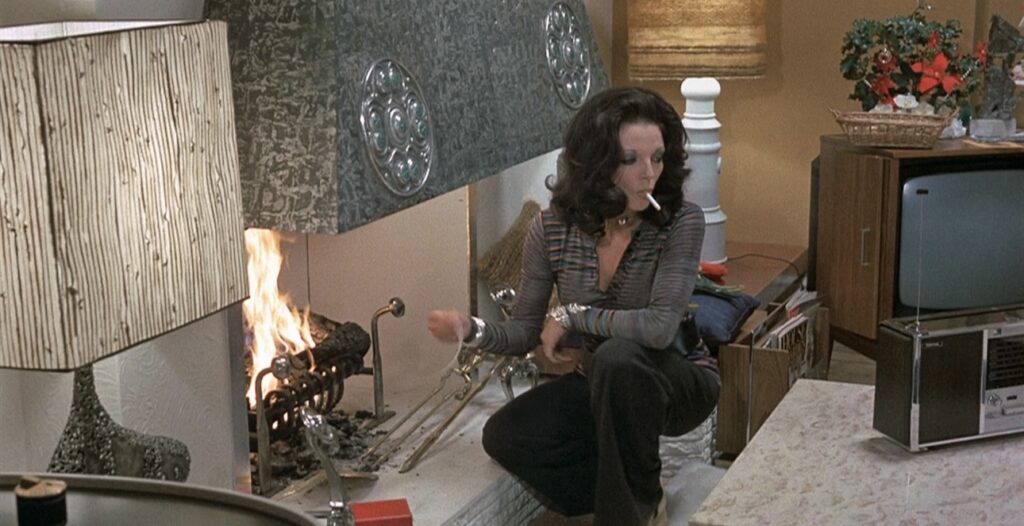
Tales from the Crypt captivated from the very start with the film being both a commercial victory and a success amongst the film critic scene. As it stands, Tales from the Crypt remains as one of Amicus Productions’ most profitable films. One of the factors behind the film’s immediate triumph was the narrative’s dazzlingly elaborate, multifaceted and eerie nature.
The moralistic undertones are a key element in defining the film. If it weren’t for the various cautionary tales that clearly distinguish their own lesson and principles, the film would not have the same beloved, urban legend-like quality to them. Tales from the Crypt recreates short, traditional stories that in some way or another have been passed down to us for centuries. The anecdotes surrounding greed, recklessness, selfishness, lack of empathy and so forth all establish a sense of poetic justice. In other words, the film mimics karmic retributions, adding a gravity to the plot that reinforces the ambiguous enigma surrounding the Crypt Keeper himself and his treasure-chest-like book of the evilness behind the human condition.

As it stands, the film is a horror landmark, reigning supreme at the top of many movie-goers ‘must-see’ lists. The film has been donned as a trailblazer in British cinema, with the narrative’s pivotal cynicism and coldness speaking to the nation’s brilliantly nihilistic, dark humour that really is a one of a kind. If the lasting positive reviews were not enough, the film also sparked a cinematic multiverse-esque franchise that tied in an entire television series (Tales from the Crypt [1989-1996]), a radio series (2000), a sequel – ‘The Vault of Horror’ (1973), followed by further films ‘Demon Knight’ (1995), Bordello of Blood (1996), and ‘The Ritual’ (2002).

Tales from the Crypt epitomises the sinister joy that Christmas horror brings, from the evil Santas, to the morbid deaths surrounded by a strange, macabre and obscure sense of reflectiveness. Last but not least, the film is brimming with the talents of many, particularly the bold dramaticness of Joan Collins playing a murderous housewife, followed by Peter Cushing, who excels in every manner – not that this is surprising at all! The superb aesthetics, theatrical nature and uncanny tales from the Crypt Keeper all make for an excellent, no matter how many times you may have seen this brutal, Yuletide gem.
Want more top horror lists and reviews? Check out our blog here..





